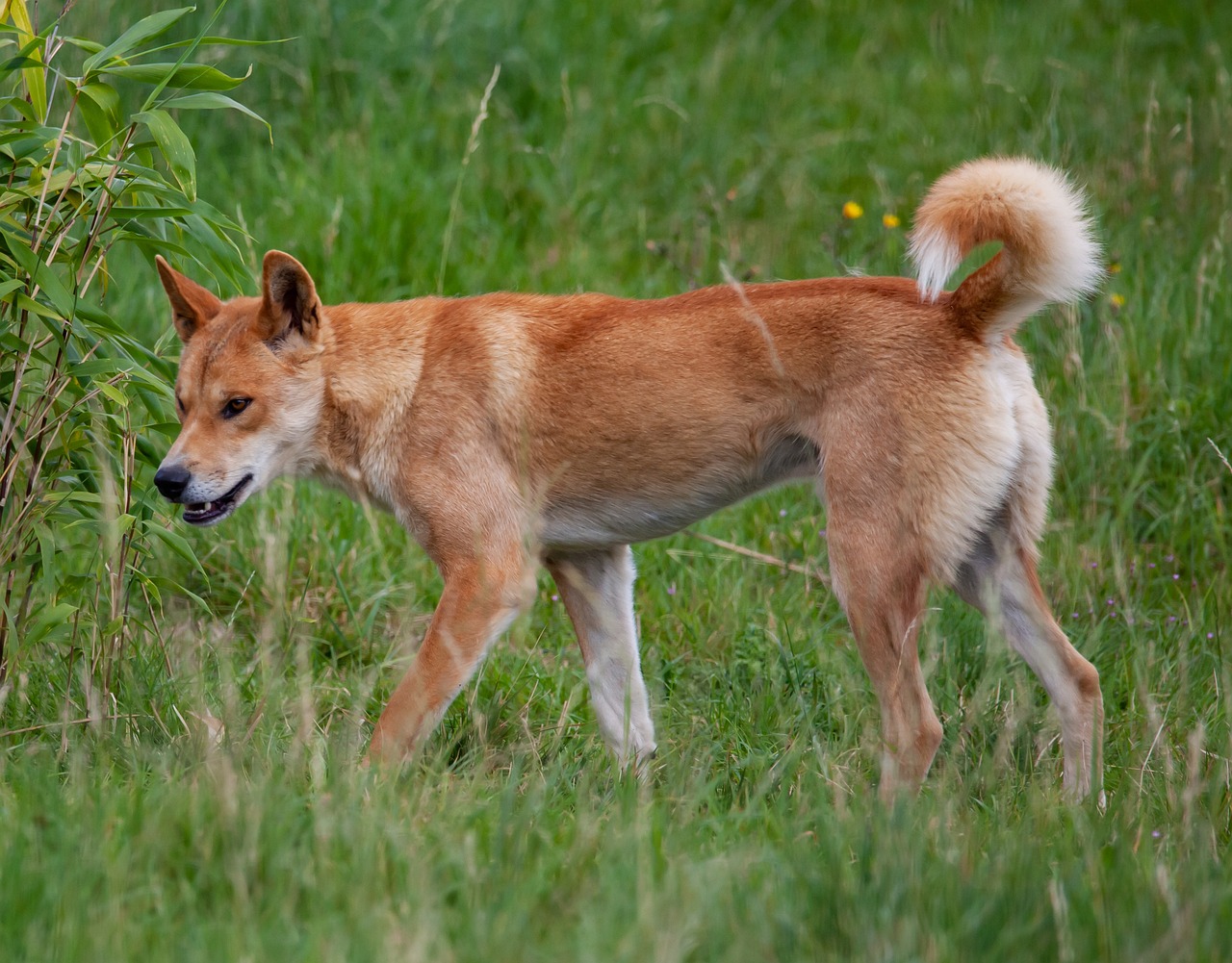Media release
From:
Canids without borders? Dingo movement depends on sex, social status, and sibling survival.
Royal Society Open Science
Territoriality influences animal movement as individuals defend areas from outsiders. We studied dingo space use in Australia, tracking five packs with GPS collars and camera traps, focusing on movement changes before and during the annual breeding season. Subdominant males were detected more often outside their home range, likely seeking mates, while subdominant females showed no change. Dominant dingoes spent more time in their territory, especially when they had more pups from the previous year, possibly defending resources and mates. These findings highlight how sex, breeding status, and competition shape movement, informing management strategies for apex predators like dingoes.




 Australia; NSW
Australia; NSW



